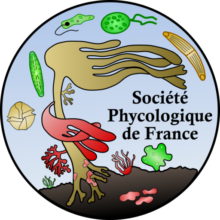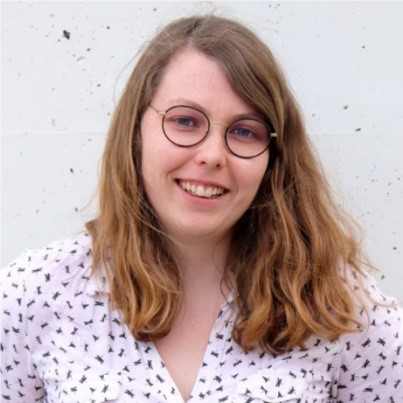
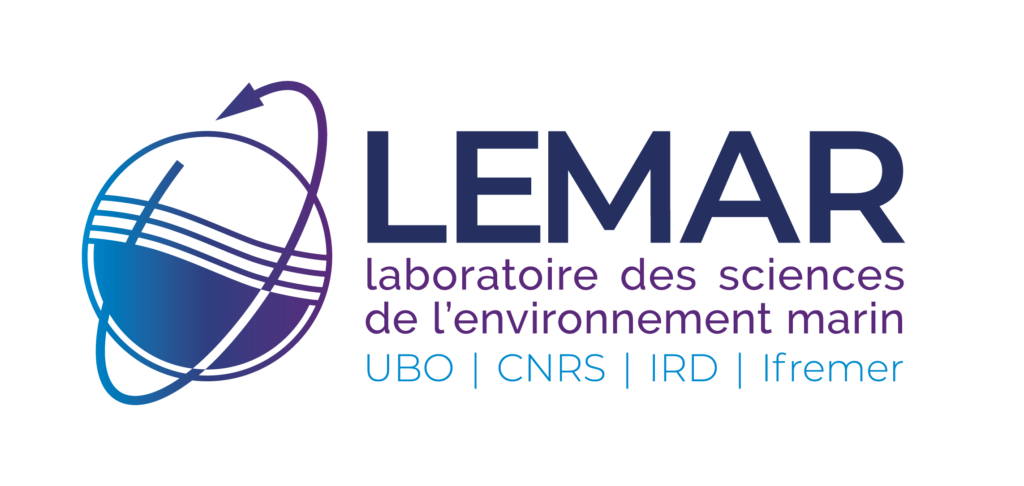
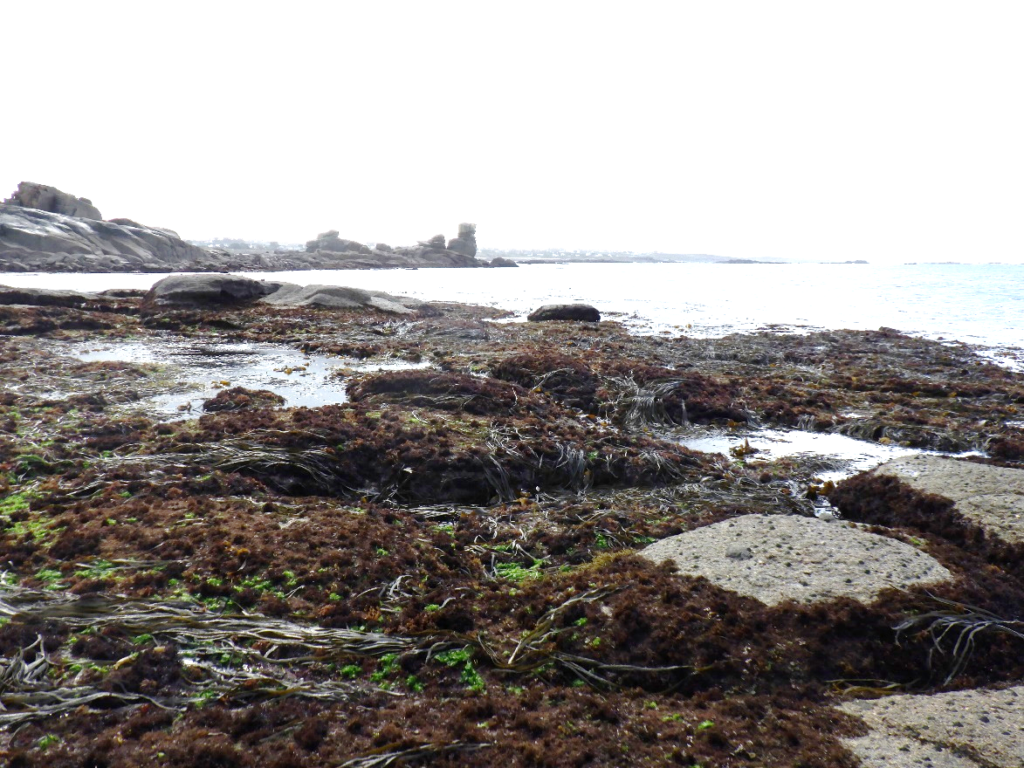
My name is Wendy Diruit and I’m a 3rd year PhD student at the Marine Environmental Sciences Laboratory (LEMAR). I’ve been fascinated by the marine environment, foreshore and macroalgae for years, and I’m lucky enough to be doing a PhD project that combines field sampling and optical image analysis to study macroalgae in Brittany. To do this, I carried out an inventory of the flora of 9 foreshores in Finistère and, at the same time, I obtained multispectral satellite images as well as hyperspectral images from planes and drones of my study sites. The hyperspectral images, with their high spatial and spectral resolution, enabled me to identify the Fucales species present in Brittany and to produce very precise maps of their extent on the foreshores. Multispectral images, on the other hand, have lower spatial and spectral resolution but provide valuable information on the extension and evolution of the vegetation surface over time. This approach, which combines optical imagery and in situ sampling, provides both a global and a very precise view of foreshore flora, and is helping to develop tools for monitoring the state of health and even the management of Brittany’s rockyshore.
I’m very grateful to have been selected for a grant from the French Phycological Society (SPF), which has enabled me to present my work at the 24th International Seaweed Symposium (ISS) in Hobart, Australia, in February 2023.
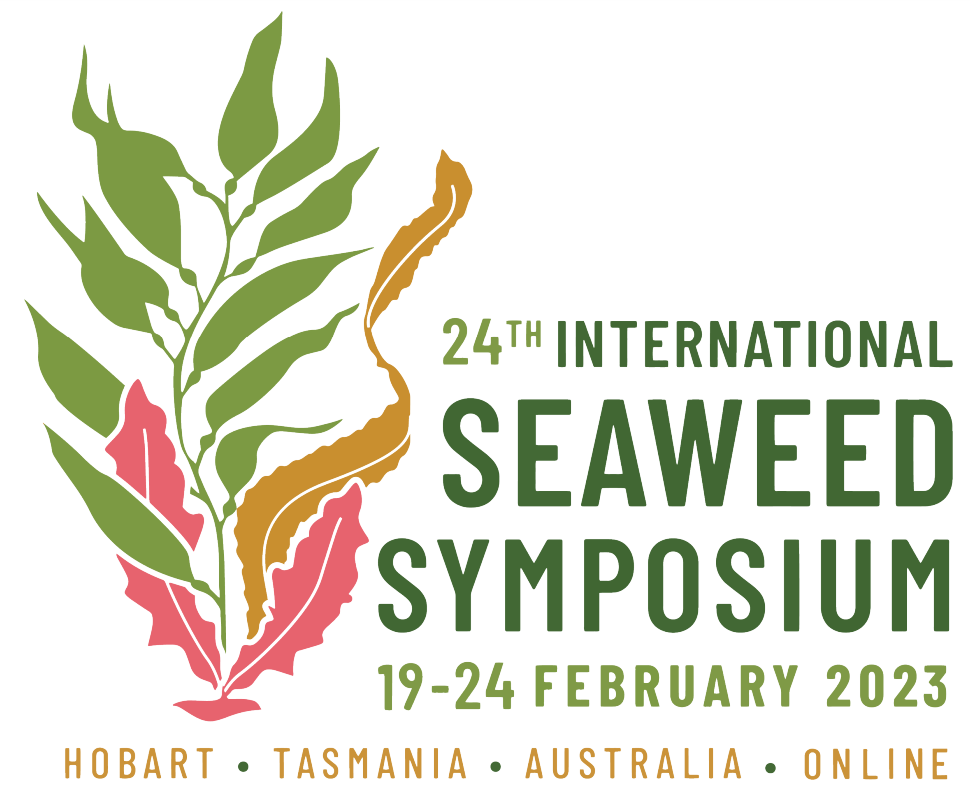
Does spatial and spectral resolution impact seaweed cover estimations? Comparative study in Brittany using vegetation indices.
